Let’s know a little bit about the indigenous cultures globally on World Tribal Day 2024. Discover traditions of Native Indians, Ainu, Sami, Māori, and more in this insightful journey.
Did you know there are approximately 476 million Indigenous Peoples in the world living across 90 countries? They make up less than 6 per cent of the world’s population, but account for at least 15 per cent of the poorest. They speak an overwhelming majority of the world’s estimated 7,000 languages and represent 5,000 different cultures. They are guardians of most of the world’s remaining biodiversity? As today, August 9th, is the World Tribal Day, I find myself reflecting on the incredible journeys I’ve taken and the remarkable Indigenous communities I’ve had the privilege to meet. This day, also known as the International Day of the World’s Indigenous Peoples 2024, is a time to honour the traditions, wisdom, and resilience of Indigenous cultures worldwide. For me, it’s more than just a day of recognition—it’s a celebration of the lessons learned and the deep connections formed with these communities during my travels.
What is the Theme of Indigenous Day 2024?
The World Tribal Day 2024 theme is “Preserving the Legacy: Protecting Indigenous Knowledge for Future Generations.” This resonates deeply with me, as many of the indigenous cultures I’ve encountered are actively working to preserve their traditional knowledge, languages, and customs. As a traveller, I’ve witnessed firsthand the importance of this preservation—not just for the communities themselves but for the enrichment of global cultural diversity.
Why is August 9 Celebrated as World Tribal Day?
August 9th was designated as World Tribal Day by the United Nations General Assembly in 1994 to commemorate the first meeting of the UN Working Group on Indigenous Populations on this date in 1982. This day, also referred to as International Adivasi Day, aims to raise awareness about the unique challenges faced by indigenous communities and to promote their rights. My experiences with these communities have shown me that their struggles are as diverse as their cultures, but so are their triumphs.
Why is August 9 Recognized as Adivasi Day in India?
In India, August 9th is celebrated as Adivasi Day to honour the tribal communities that contribute so richly to the nation’s cultural tapestry. The term “Adivasi” refers to the original inhabitants of the land. My travels through India have allowed me to meet many Adivasi people, and I’ve been deeply moved by their stories, traditions, and the deep connection they share with their land.
स्वदेशी दिवस 2024 का विषय क्या है?
स्वदेशी दिवस 2024 का विषय है “विरासत की रक्षा: भावी पीढ़ियों के लिए स्वदेशी ज्ञान की सुरक्षा।” इस विषय का महत्व मुझे तब समझ में आया जब मैंने विभिन्न स्वदेशी समुदायों के साथ समय बिताया। उनकी परंपराओं और ज्ञान को संरक्षित करने की उनकी कोशिशें हमारी सांस्कृतिक विविधता को बनाए रखने के लिए बहुत महत्वपूर्ण हैं।
My Encounters with Indigenous Cultures
As a traveller and storyteller, I’ve had the incredible opportunity to immerse myself in the cultures of Indigenous peoples around the world. Each experience has left a lasting impression on me, shaping my perspective on life, nature, and the importance of cultural preservation. Here are some of the communities that have profoundly impacted me:
Native Indians of America
Experience: Attending the POW WOW festival in Albuquerque was an unforgettable experience. This gathering, the largest of its kind, brings together Native Americans from across the globe. The festival is a vibrant celebration of culture featuring traditional dances, music, and regalia. Standing amidst this rich display of heritage, I felt a deep respect for the resilience of Native American cultures.
Cultural Insights: The POW WOW festival taught me about the strength of cultural traditions in the face of adversity. The intricate beadwork, feathered headdresses, and rhythmic drumming all tell stories of survival, resistance, and identity. It was a powerful reminder of the importance of keeping these traditions alive.
Related: Perfect Travel Guide for Santa Fe, New Mexico Points of Interest
Ainu of Japan
Experience: My journey to Hokkaido, Japan, led me to the Ainu people, whose connection to nature is truly inspiring. I spent time in Ainu villages, learning about their unique traditions, from wood carving to intricate embroidery. Their art is not just decorative—it’s a way of telling stories and preserving their cultural memory.
Cultural Insights: The Ainu’s deep respect for nature is evident in their rituals, which honor the spirits of the animals, trees, and waters around them. Despite facing historical oppression, the Ainu are working to revive their language and customs, a testament to their resilience and pride in their identity.
Related: Resilience and Renewal: The Survival Story of Japan’s Indigenous Ainu People
Sami of the Arctic
Experience: The Sami people of the Arctic regions have a lifestyle that’s deeply intertwined with the natural world. During my visit to their homeland, I was struck by their strong bond with the environment, particularly through reindeer herding, which is central to their way of life. Witnessing their day-to-day activities in such harsh climates was awe-inspiring.
Cultural Insights: The Sami’s traditional music, known as joik, and their vibrant clothing, gákti, are powerful expressions of their cultural identity. These traditions have been passed down through generations, each one a link to their ancestors and their way of life.
Related: Visiting Finland for the First Time? Don’t forget these 15 Practical Tips, Sweden’s incredible journey of Transforming Trash to Treasure
Hmong Tribes of Vietnam
Experience: In the misty mountains of Sa Pa, Vietnam, I had the pleasure of meeting the Hmong people. I participated in their New Year celebrations, which were filled with music, dance, and traditional games. The Hmong’s textiles, with their intricate patterns and vibrant colours, were particularly striking.
Cultural Insights: The Hmong’s deep connection to their land is evident in their agricultural practices, as they skillfully cultivate crops on steep mountain slopes. Their textiles are not just beautiful; they are a form of storytelling, each pattern reflecting a piece of their history and beliefs.
Related: Read more about the Hmong Tribe of Vietnam here – The Untold Story of Sapa, Vietnam
Eagle Hunters of Central Asia
Experience: In the remote steppes of Mongolia and Kazakhstan, I encountered the ancient art of eagle hunting. The eagle hunters, known as berkutchi, train golden eagles to hunt prey—a practice that requires immense skill and patience. Witnessing this partnership between humans and birds was a profound experience.
Cultural Insights: Eagle hunting is more than a sport; it’s a deep-rooted tradition that embodies respect for nature and wildlife. The relationship between the hunter and the eagle is one of mutual trust and respect, a bond that has been nurtured over centuries.
Related: Embark on an Epic 8-Day Journey: Kyrgyzstan Winter Travel Guide from India.
Māori of New Zealand
Experience: The Māori, the indigenous people of New Zealand, have a culture that is both rich and deeply spiritual. My time spent with the Māori was incredibly enlightening—I was particularly moved by their powerful haka (war dance) and the intricate art of traditional weaving and carving.
Cultural Insights: The Māori’s concept of whakapapa (genealogy) underscores their belief in the interconnectedness of all living things, reflecting their deep respect for the environment. Their marae (communal meeting grounds) serve as the heart of Māori social life, where traditions are kept alive through song, dance, and storytelling.
Tribes of India
India is a world in kitself when it comes to tribes. Over 730 Scheduled Tribes have been notified under Article 342 of the Indian Constitution. Bhills are considered as one of the oldest tribe in India. Once they were the ruler in parts of Rajasthan, Gujarat, Malwa, Madhya Pradesh and Bihar. They are a cross section of great Munda race and a wild tribe of India. Below are some of the tribes of India that I met personally during my travels.
Arunachal Pradesh, India
Experience: Arunachal Pradesh, with its rich tapestry of cultures, has always fascinated me. The state is home to 26 major tribes and over 100 sub-tribes, each with its own unique language, customs, and traditions. I was particularly moved by the sustainable agricultural practices of the Apatani tribe in the Ziro Valley.
Cultural Insights: The Apatani people’s Ziro Valley agricultural system is a testament to their deep understanding of the environment. Their techniques are not only sustainable but also incredibly innovative, blending traditional knowledge with practical solutions to environmental challenges.
Ladakh, India
Experience: Ladakh’s tribal communities, including the Balti, Bot, Brokpa, Changpa, and others, offer a glimpse into a way of life that’s both ancient and enduring. During my travels, I spent time with the Changpa nomads, who are known for their production of Pashmina wool, a luxury material prized around the world.
Cultural Insights: The Changpa nomads’ ability to thrive in such a harsh environment is a testament to their resilience. Their lifestyle, centred around the rearing of goats for Pashmina wool, is a delicate balance of tradition and survival in one of the world’s most challenging climates.
Madhya Pradesh, India
Experience: Madhya Pradesh, often referred to as the heart of India, is home to a diverse array of tribal communities, including the Gond, Bhil, Baiga, Korku, and Sahariya tribes. During my visits, I was captivated by their art forms, particularly Gond painting, which is rich in symbolism and folklore.
Cultural Insights: The Gond people, one of India’s largest tribal groups, have a vibrant cultural history that is beautifully depicted through their art, dance, and music. The Baiga, known as the “guardians of the forest,” possess deep knowledge of herbal medicine and sustainable living, reflecting their close relationship with nature.
Rajasthan, India
Experience: Rajasthan’s tribal communities, including the Bhils, Minas, Garasias, Sahariyas, and Gadiya Lohars, contribute to the state’s rich cultural fabric. I was particularly impressed by the Bhil’s Ghoomar dance, a traditional folk dance that’s as vibrant as it is meaningful.
Cultural Insights: The Gadiya Lohars, a nomadic tribe of blacksmiths, have a unique way of life that has been passed down through generations. The Sahariyas, one of the oldest tribes in India, are known for their deep knowledge of herbal medicine, which they use to treat various ailments.
Gujarat, India
Experience: During my travels in Gujarat, I had the privilege of immersing myself in the daily lives of various tribal communities. Spending time with the Bhils, I witnessed the vibrant energy of their festivals, particularly the lively Bhagoria festival, which is a celebration of love and unity. The Garasia tribe welcomed me with open arms, their colorful attire and rhythmic dance forms filling the air with joy and tradition. Visiting the Rathwas, I was captivated by the intricate Pithora paintings adorning their homes, each mural telling stories of their gods and ancestors.
Cultural Insight: The tribes of Gujarat, such as the Bhils, Garasias, and Rathwas, are custodians of rich cultural traditions that have been passed down through generations. The Bhils, one of the largest tribes in India, maintain their unique customs and vibrant celebrations that reflect their deep connection to the land and their community. The Garasia tribe’s distinct dance forms and colorful attire offer a glimpse into their cultural heritage, while the Rathwas are renowned for their Pithora paintings—sacred art that embodies their spiritual beliefs and ancestral stories. These communities, with their resilience and cultural pride, highlight the significance of Indigenous knowledge preservation in our rapidly changing world.
Conclusion: Honoring Indigenous Cultures on World Tribal Day
As we celebrate World Tribal Day 2024, let’s take a moment to honor the rich cultural heritage of indigenous peoples around the world. Their traditions, wisdom, and resilience offer valuable lessons for us all. My journeys have shown me that these communities are not just surviving—they are thriving, adapting, and sharing their knowledge with the world.
Let’s make a commitment to support and protect indigenous cultures, ensuring that their voices are heard and their legacies preserved for future generations.




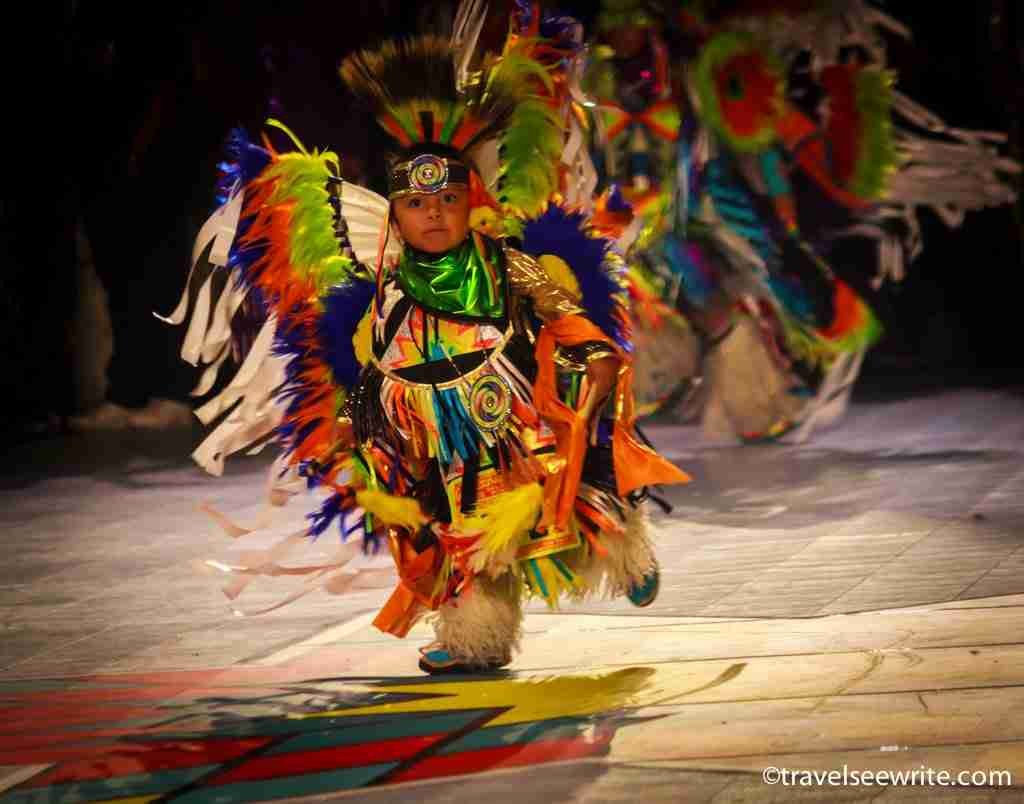
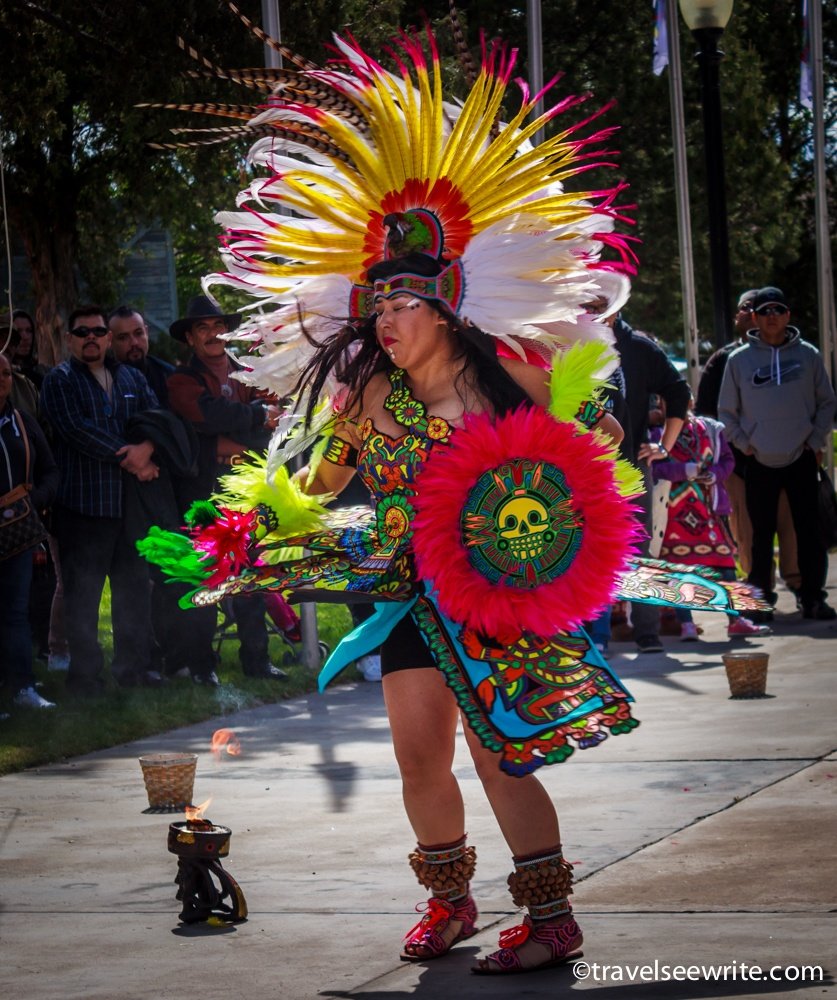
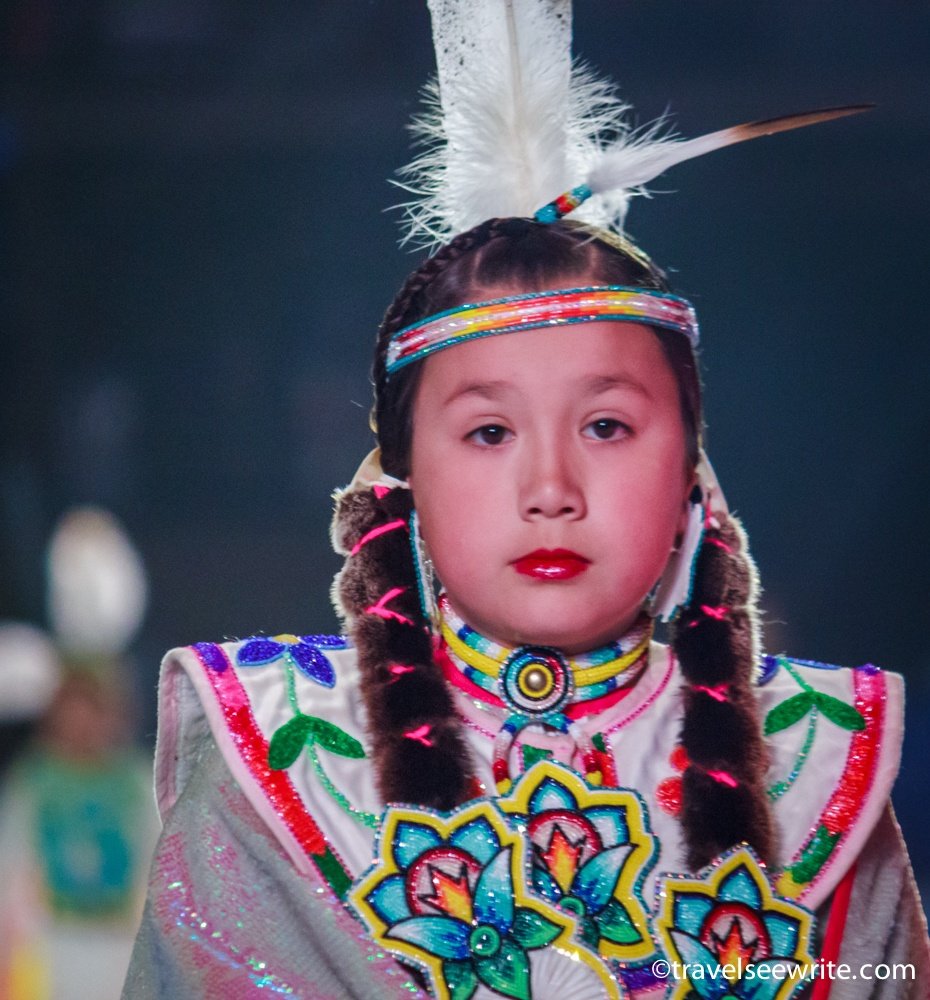
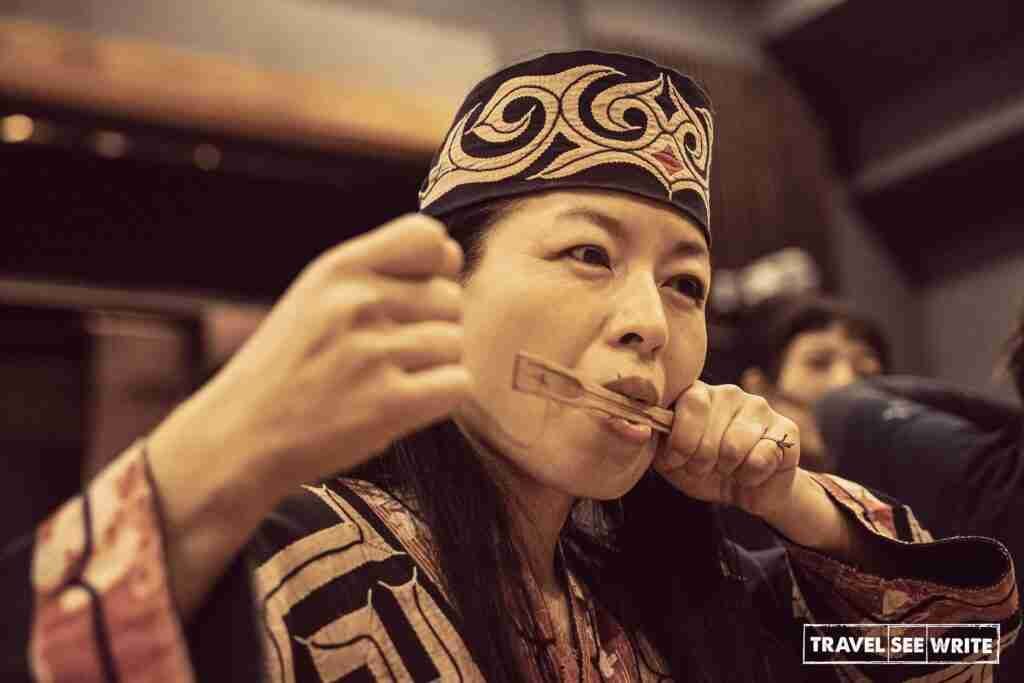
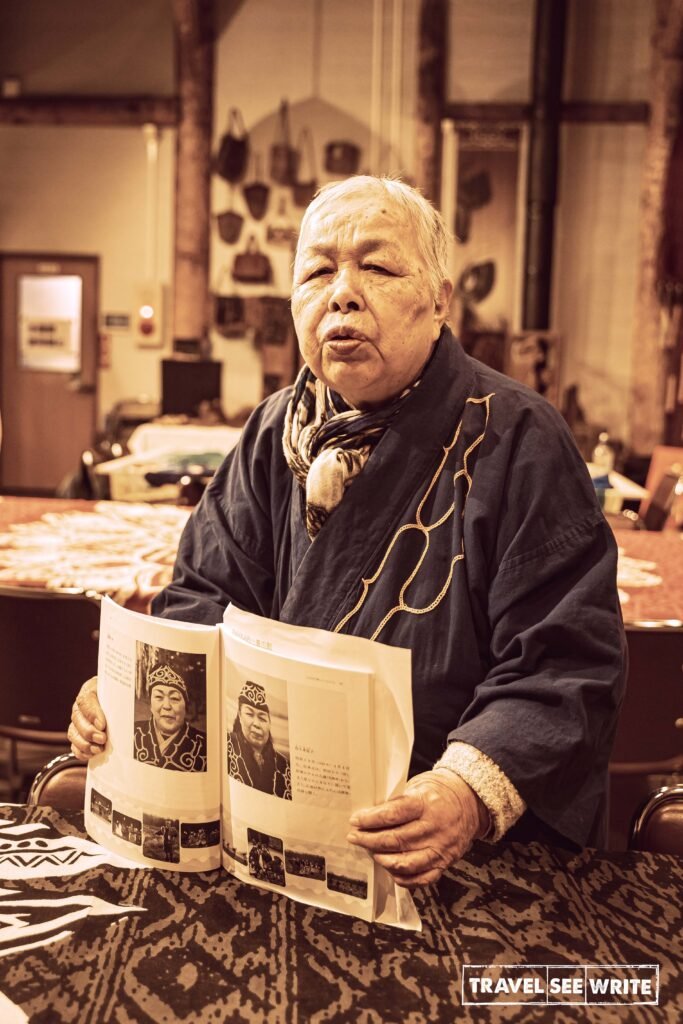
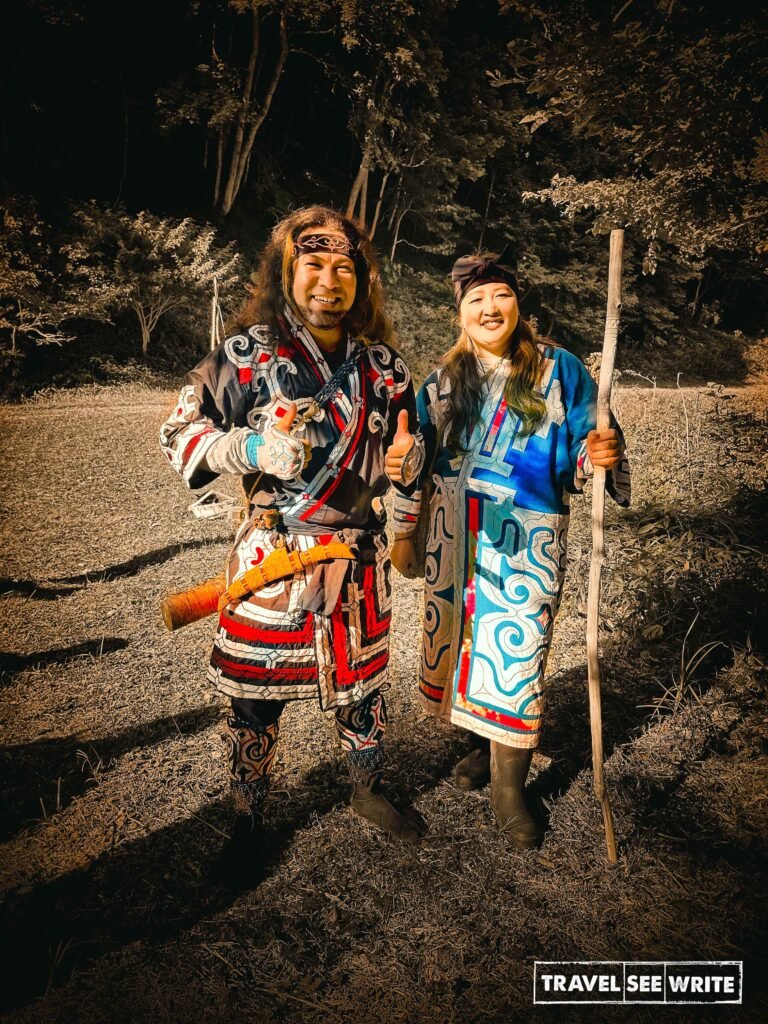


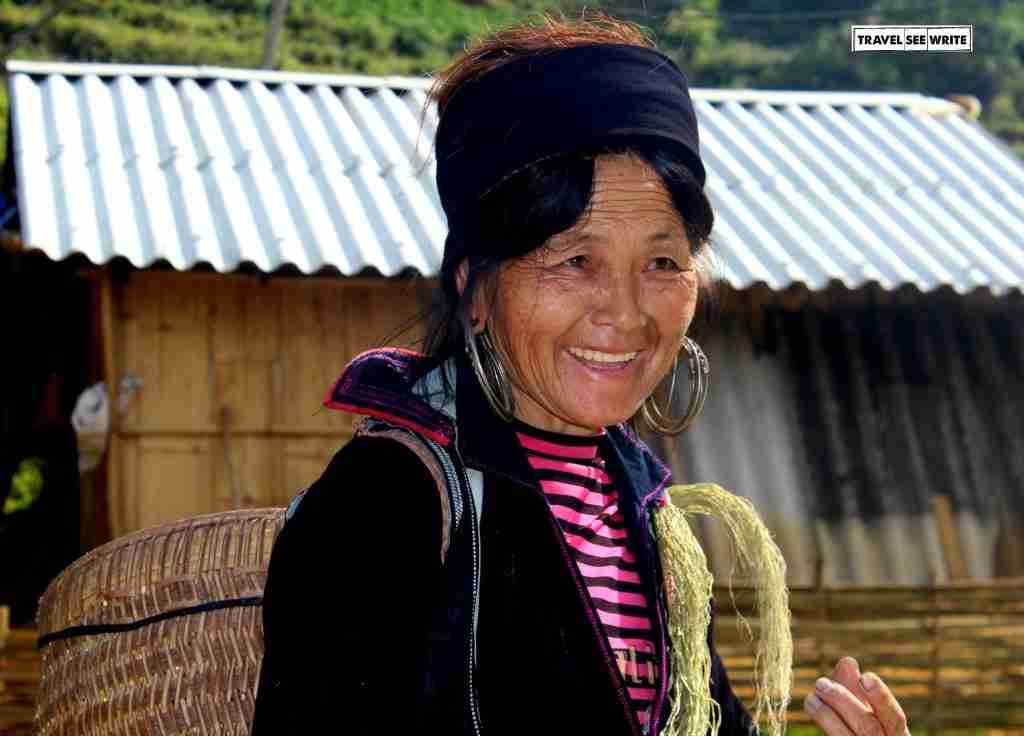
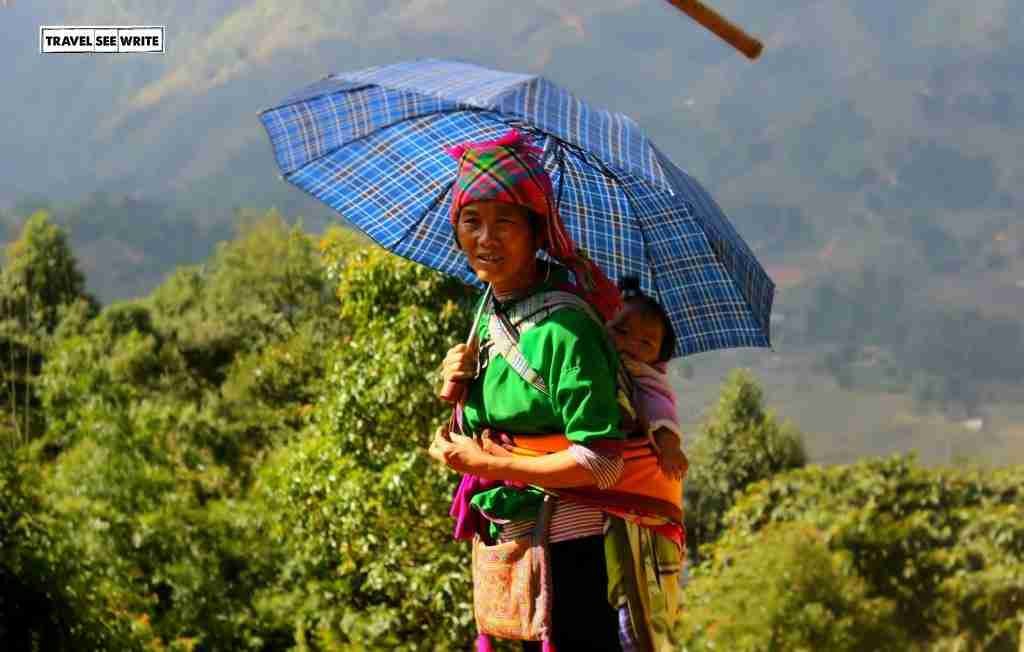
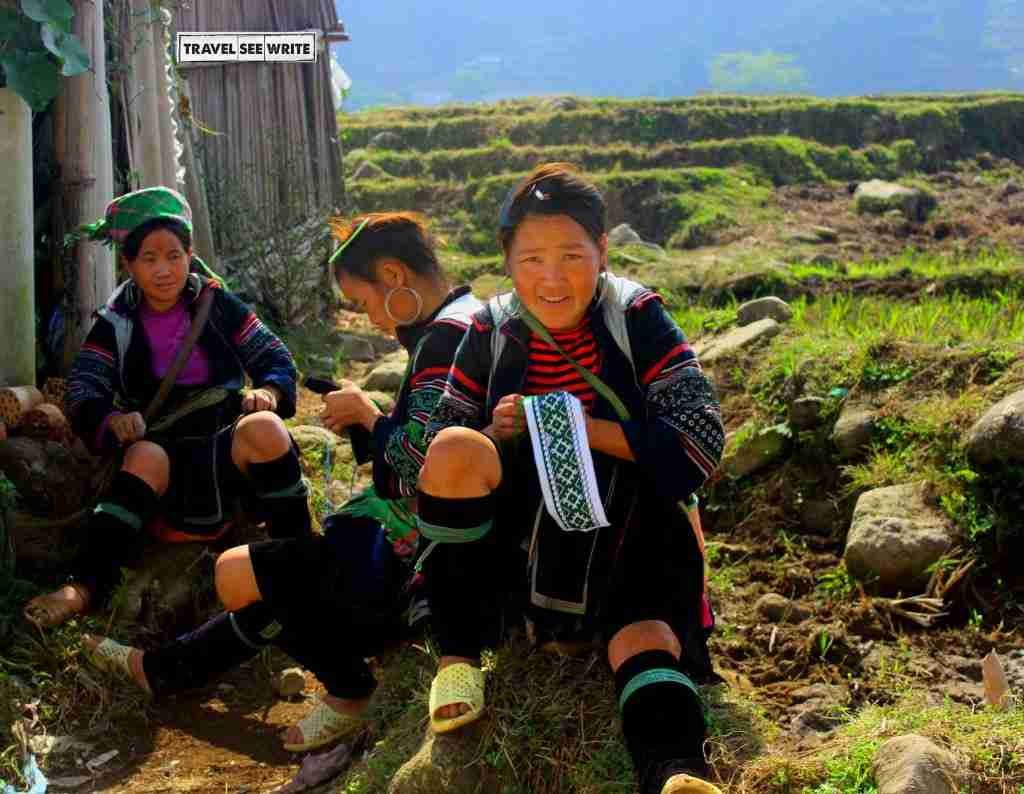

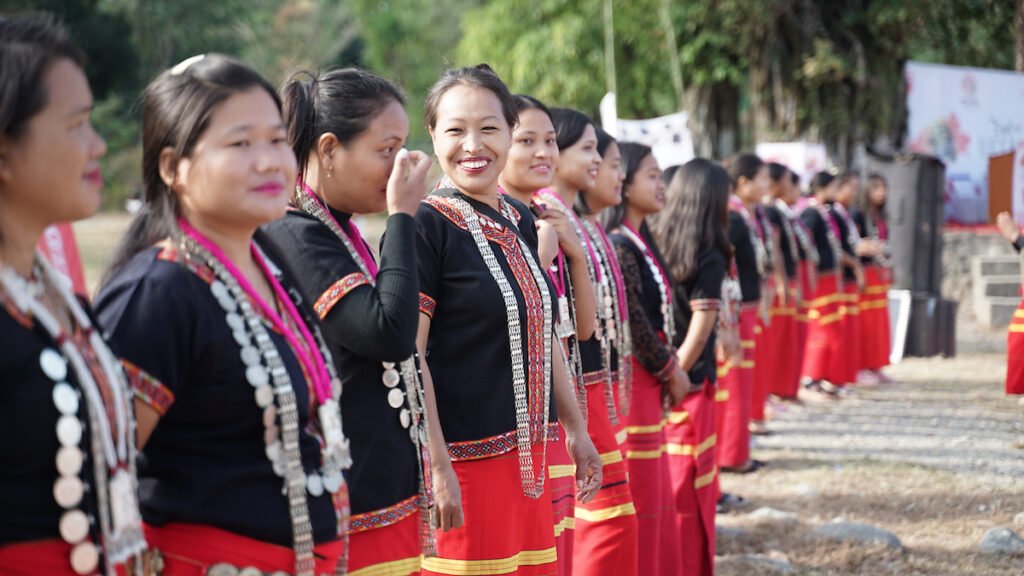
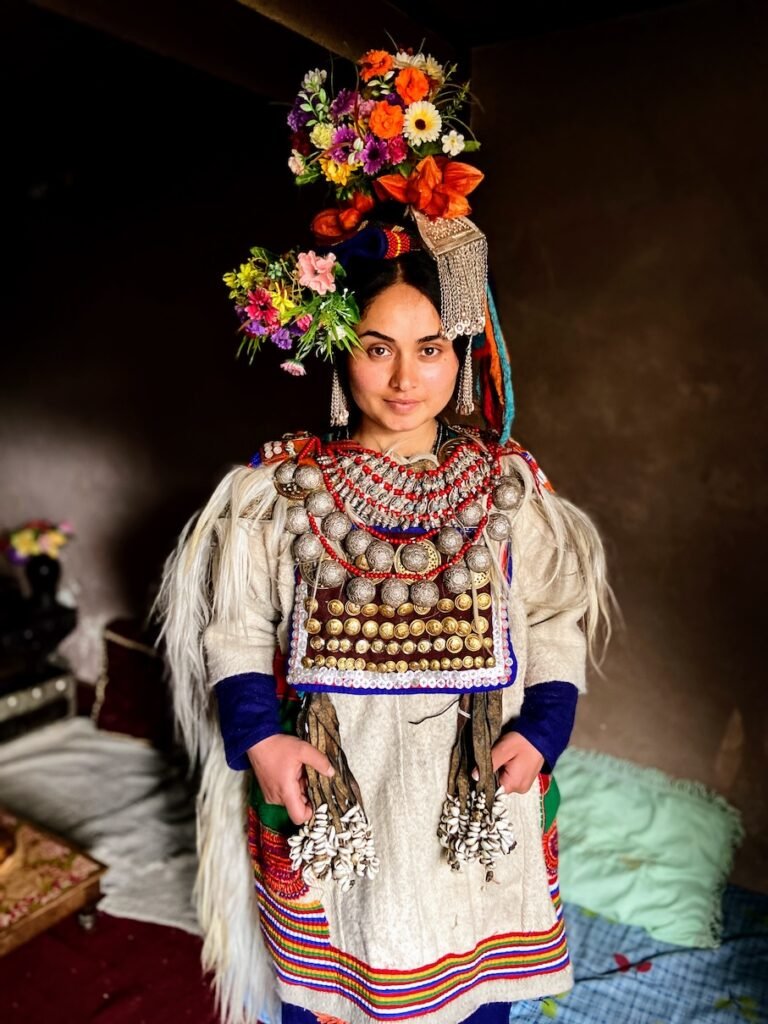
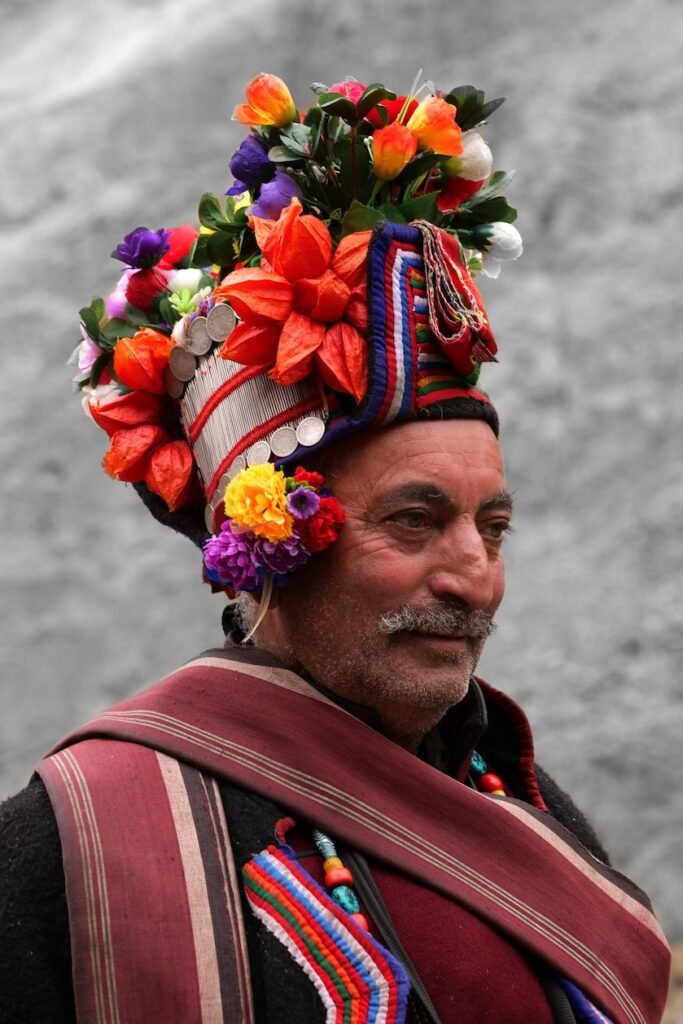
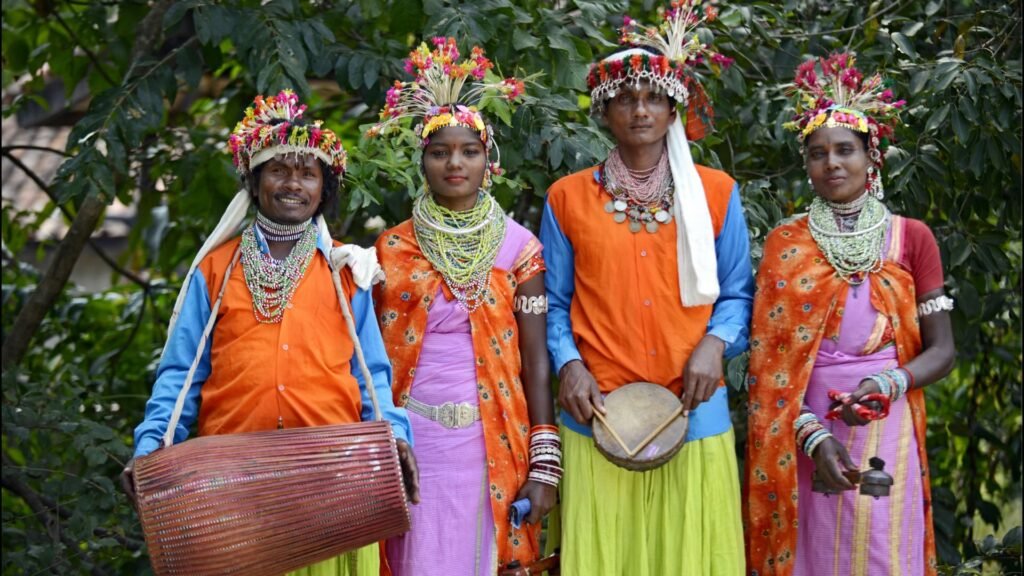
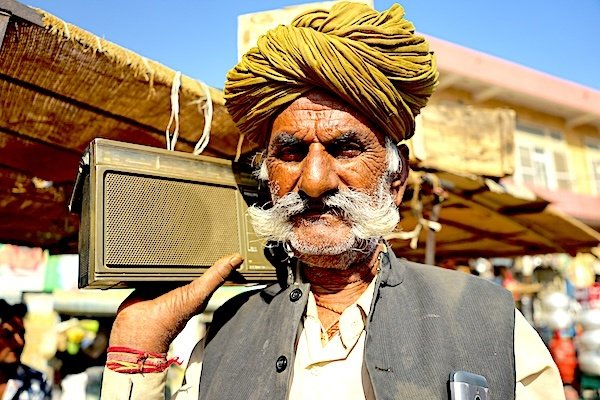



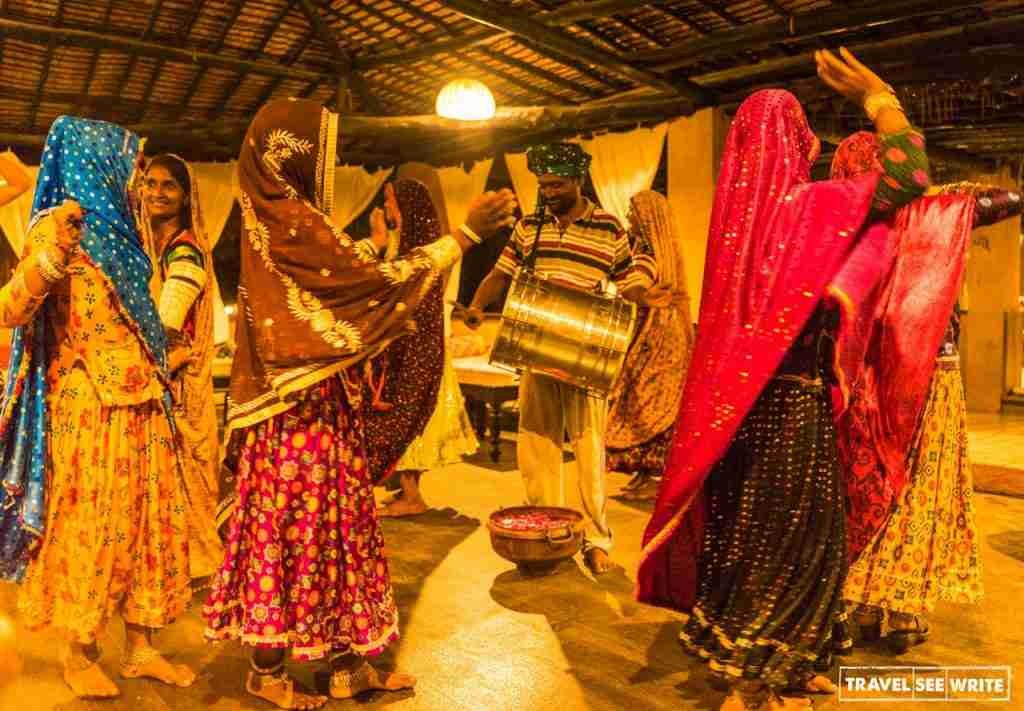
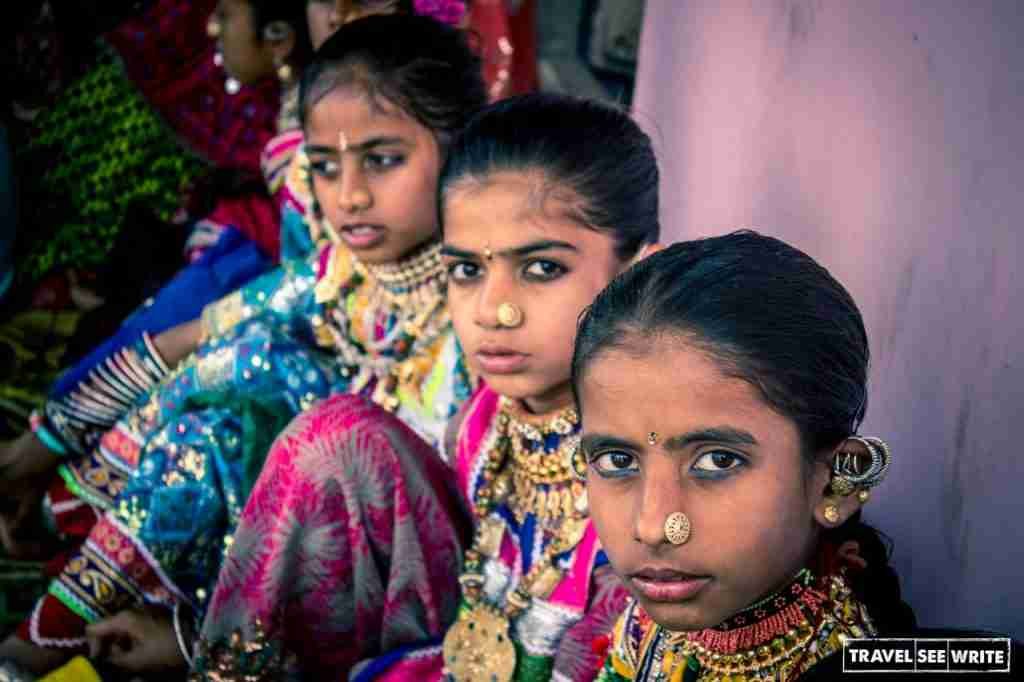
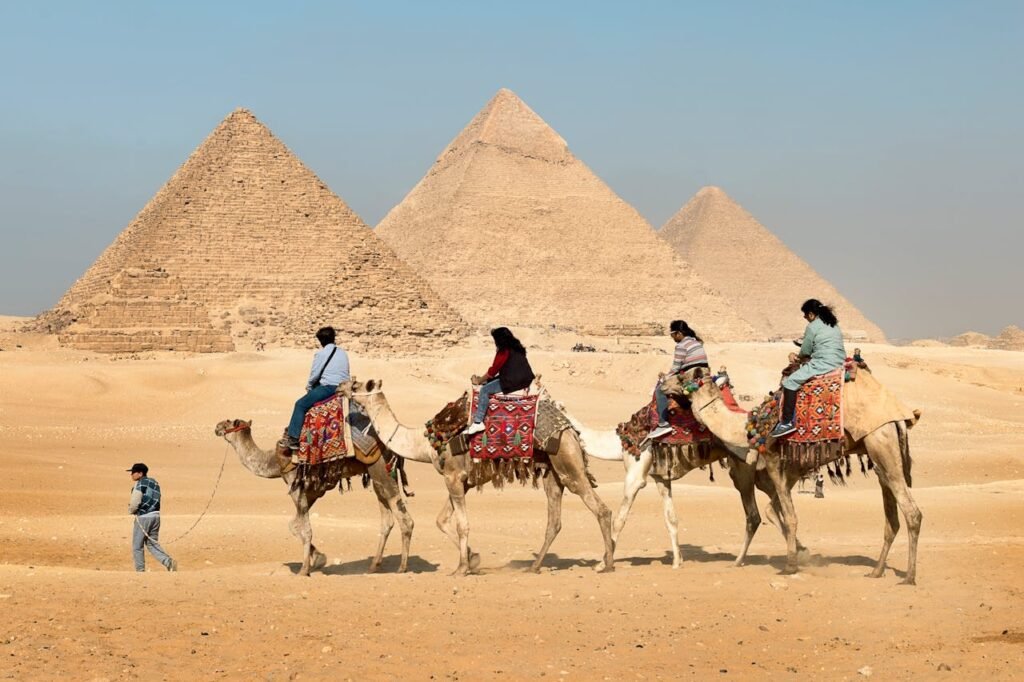



I can’t think of a more important day. As European colonists spread across the globe, they not only stole the homelands of indigenous people, but they also systematically tried irradicate their cultures.
Your photos are exquisite. Your trip must have been amazing! Thank you for all the information on indigenous cultures. I’m adding World Tribal Day to my calendar, to share with preschoolers!
World Tribal Day reminds us to honor the resilience and wisdom of Indigenous communities worldwide.
To be honest, I am hearing about the World Tribal Day for the first time. Thanks a lot for sharing your experiences with various indigenous cultures.
Their way of living is definitely fascinating. They all deserve to be honored on World Tribal Day.
I love how you’ve shared your personal experiences with Indigenous cultures around the globe. It’s so important to recognize and celebrate their contributions to our global diversity.
I had no idea August 9 was the World Tribal Day but I agree with you that it is important to honor the tradition and culture of our indigenous people. Here in the Philippines, there also a lot of different tribes and it is just amazing to see and know their old customs, traditions and way of life.
Thank you so much for dedicating this space to bring to light such an important day. I do celebrate the World Tribal Day and I think it is day that should be celebrated by all of us. Thank you so so much.
How incredible to have met with these different groups and have witnessed their culture firsthand. Thank you so much for sharing and spreading awareness!